Having an ingrown toenail can be very painful and can cause serious health problems, especially if it becomes infected, especially in people with diabetes.
A very common problem, especially in men, says podiatrist Rudy Iturriaga of Foot Center, is the ‘ingrown’ nail, a term we commonly use to refer to an ‘ingrown’ nail, medically known as ‘onychocryptosis’.
When the edge of our nail becomes embedded under the skin, we say that it is ingrown and it can happen as a result of different factors such as excessive sweating, wearing shoes that are too tight or not properly grooming or cutting the nails, the shape of the finger, the shape of the nail and even due to a congenital condition, says Iturriaga.
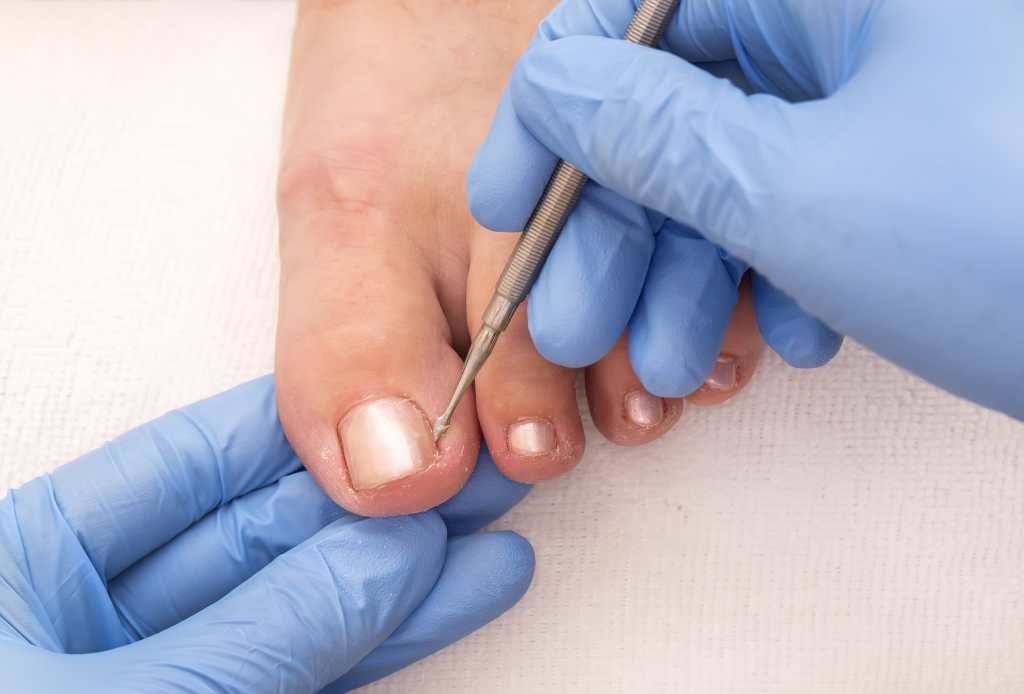
If you have an ingrown toenail, it is advisable to immediately go to a specialist for a medical consultation. ‘Look especially for health centers and not so much for beauty centers, because what is healthy looks good, but what is aesthetic does not necessarily mean that you are healthy,’ she explains.
How do we know if we have an ingrown toenail?
When a nail is ingrown, it is because there was a rupture of the tissue, so it will present symptoms such as inflammation of the affected area, bleeding, discharge, redness, and bad smell, says Iturriaga. ‘If you only have discomfort, the nail is not ingrown because no tissue was broken,’ he explains.
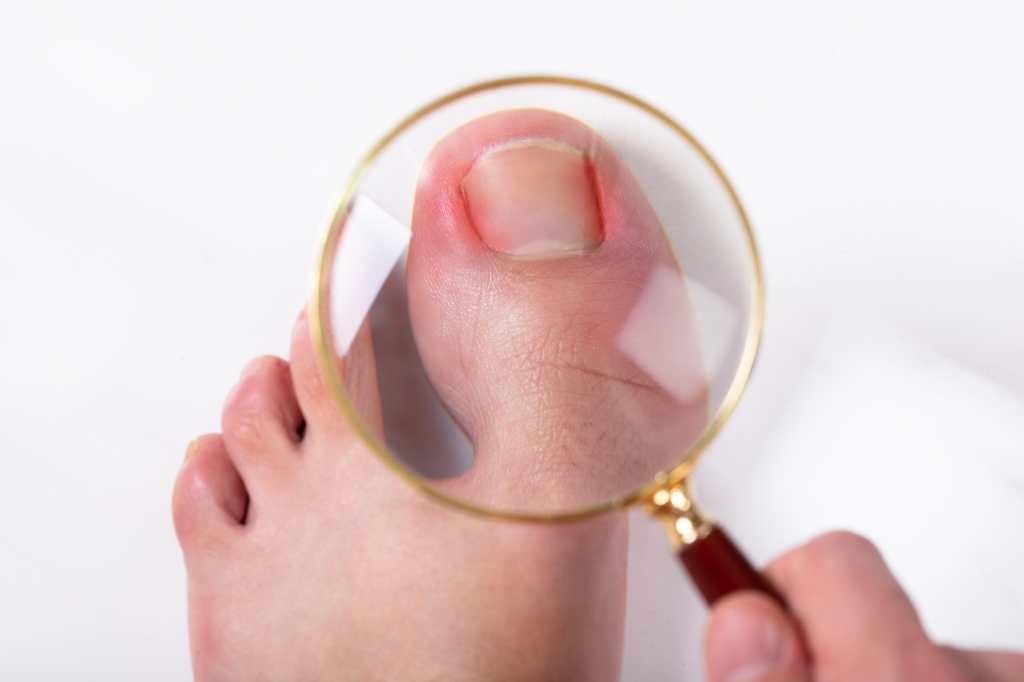
In addition to the factors mentioned above, cutting your nails too short can also cause them to become ingrown, as can cutting the edges in a rounded shape rather than straight, having thick nails, and picking at the corners. Ingrown nails can also occur when there is extra pressure. The most common nail affected is the big toe, especially on the feet.
What is the treatment for an ingrown toenail and what happens if we don’t treat it in time?
There is no preventive health care, only curative health care’ says Iturriaga, who invites patients to visit doctors regularly to keep up with their health. He also adds that many people, due to a lack of knowledge or culture, prefer to treat themselves at home rather than go to specialists. ‘It may be due to fear of injections or other measures, which is why people are not very careful in these cases’, he says. For this reason, it is important to learn to cut your nails, which should be done straight.
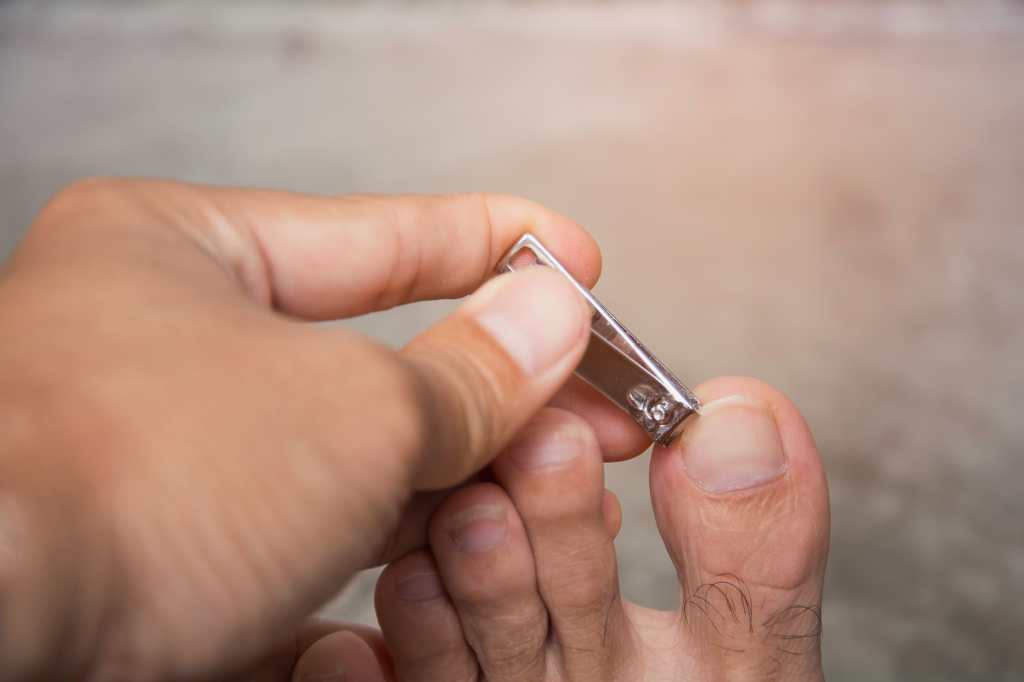
If left untreated, the Mayo Clinic says, the toenail can infect the underlying bone and cause a serious infection in the affected area. In addition, an open wound may require surgery to prevent rot and gangrene from the interruption of blood flow to the feet.
According to Iturriaga, the general procedure, after confirming that the nail is ingrown, is to check if the patient is allergic to anesthesia or other medications that could be administered. It is also important to take into account whether the patient is diabetic or hypertensive, as this could aggravate the case.

Then, photographs are taken as a reference for evaluation and the next steps will depend on the case. If a simple surgery is required, the canal of the affected part is released and that’s it; in more complicated situations, healing could take longer because the soft tissues are affected.
‘Normally, the procedures are outpatient, meaning that patients leave walking well and do not need complete rest, but that will depend on the degree of infection they have,’ explains the podiatrist. If the patient works on foot, recovery could be slower than for someone who works sitting in an office. ‘Recovery will not require rest unless the patient is diabetic,’ adds the expert.
What if I have diabetes?
Patients with diabetes are at higher risk for ingrown toenails, as the condition causes decreased blood flow to the feet. Poor blood flow can damage the nerves in the feet, causing them to lose sensation. Open wounds are also more likely to fail to heal and become infected.
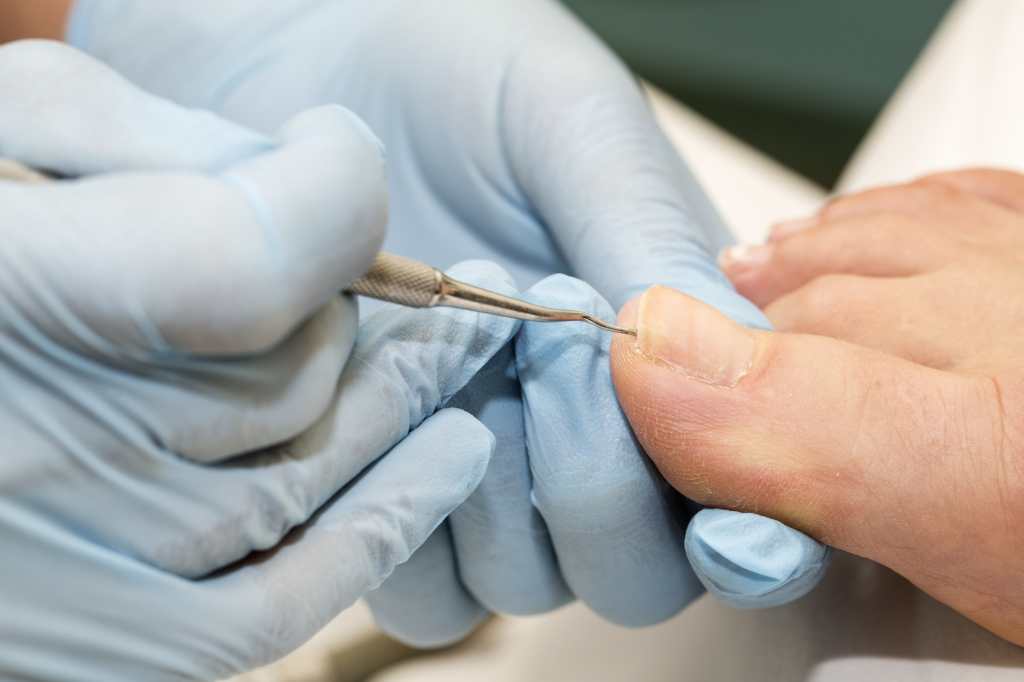
‘In diabetic patients, when the wound opens, there is a risk of a deeper ulcer, which could lead to gangrene,’ says Iturriaga, and recommends that, if you have this disease, you should visit a foot specialist 3 to 4 times a year as a preventive measure.
How to prevent an ingrown toenail?
Remember the risk factors to prevent ingrown nails. Cut your nails straight across, not curved, so that the edge does not dig into the skin. If you have diabetes, it is best to see a podiatrist for this procedure. Keep the length moderate, at finger level.
Wear appropriate footwear that does not squeeze your toes or put them too close together, because the pressure causes the nails to dig into the skin. If you have foot problems, it is recommended that you buy your shoes from shoe stores that specialize in these problems.
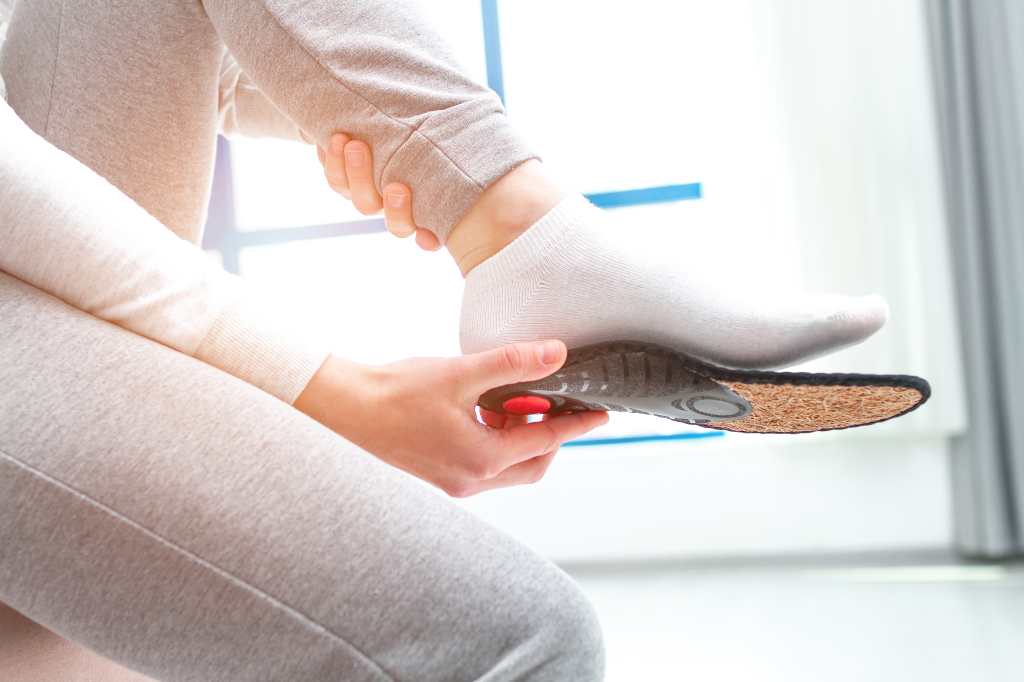
If you have diabetes, high blood pressure, or any disease that affects blood circulation, check your feet regularly for ingrown toenails so you can treat them in time. Seek medical attention immediately.








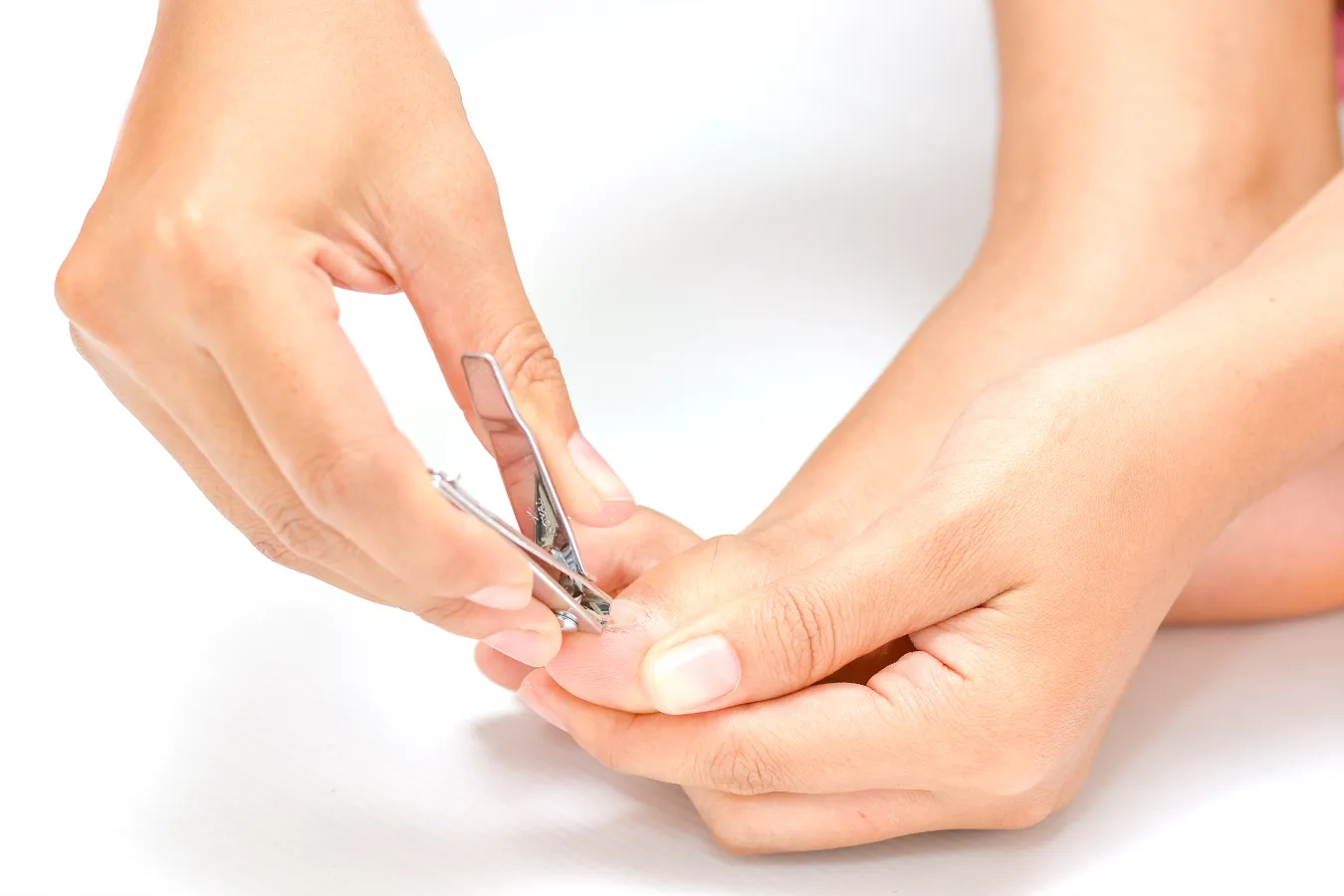











+ There are no comments
Add yours